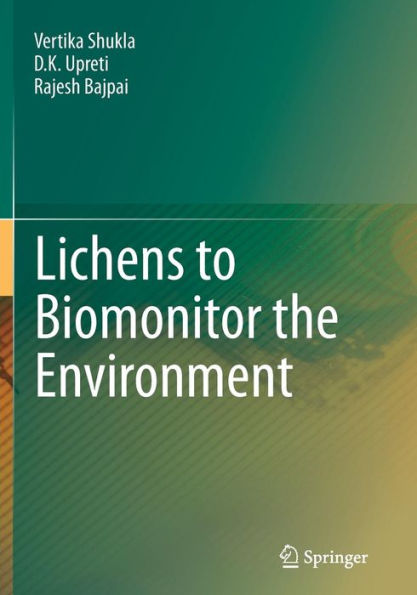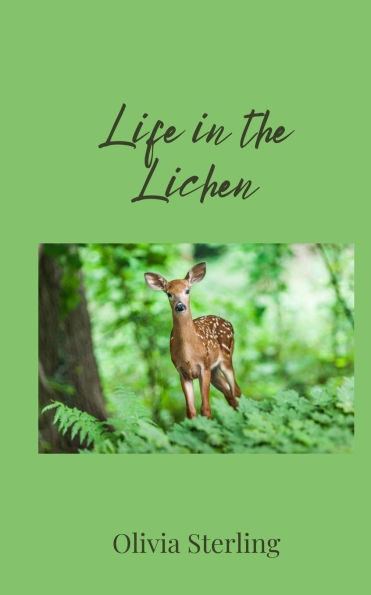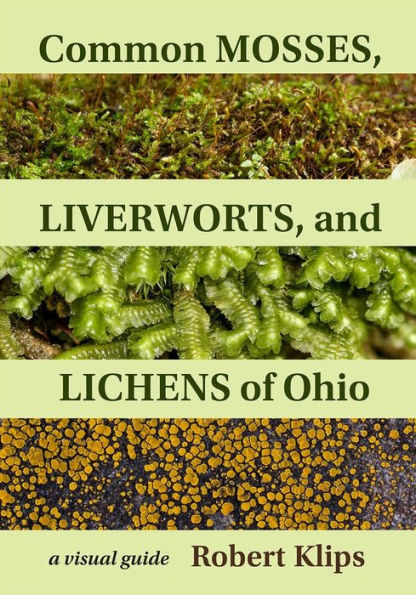Home
Lichens to Biomonitor the Environment
Barnes and Noble
Loading Inventory...
Lichens to Biomonitor the Environment in Franklin, TN
Current price: $109.99

Barnes and Noble
Lichens to Biomonitor the Environment in Franklin, TN
Current price: $109.99
Loading Inventory...
Size: Hardcover
The book embodies the detailed account about unique symbionts i.e. LICHENS in ecosystem monitoring. The first chapter deals with unique characteristics features of lichens which facilitate their survival in extreme climates and makes them an ideal organism for ecosystem monitoring. Biosynthesis of secondary metabolites are known to protect lichens against increasing environmental stresses therefore second chapter provides insight into various chromatographic and modern spectroscopic techniques involved in separation and characterization of lichen substances. The third chapter elaborates the criteria for selection of biomonitoring species and characters of host plant that influences lichen diversity and details about different lichen species utilized for biomonitoring. One can retrieve preliminary information about the air quality based on the lichen community structure and distribution of bioindicator species as lichen communities/indicator species provides valuable information about the natural/anthropogenic induced changes in the microclimate and land-use changes due to human activity. Therefore, for identification of species, a key to genera and species provides concise information to identify the lichen species based on their morphological and anatomical characters and chemicals present. Keys provided in Chapter 4 will help the beginners to identify some common lichen species based on the distribution in different climatic zones of India. The section also provides comprehensive information about the bioindicator communities and bioindicator species from India. Chapter 5 provides the details of factors affecting the ecosystem (natural as well as anthropogenic disturbances) and role of lichens in ecosystem monitoring in India has been discussed in detail. Chapter 6 discusses the need and utility of indicator species especially lichen biomonitoring data in sustainable forest management and conservation. The content about lichens in biomonitoring will be avaluable resource for researchers from different fields and will provide an essential reference for people interested in lichens and its role in ecosystem monitoring. The book will also hopefully popularize lichenological studies in India and will generate more active participation of lichen biomonitoring studies in management and conservation of natural resources in India.
The book embodies the detailed account about unique symbionts i.e. LICHENS in ecosystem monitoring. The first chapter deals with unique characteristics features of lichens which facilitate their survival in extreme climates and makes them an ideal organism for ecosystem monitoring. Biosynthesis of secondary metabolites are known to protect lichens against increasing environmental stresses therefore second chapter provides insight into various chromatographic and modern spectroscopic techniques involved in separation and characterization of lichen substances. The third chapter elaborates the criteria for selection of biomonitoring species and characters of host plant that influences lichen diversity and details about different lichen species utilized for biomonitoring. One can retrieve preliminary information about the air quality based on the lichen community structure and distribution of bioindicator species as lichen communities/indicator species provides valuable information about the natural/anthropogenic induced changes in the microclimate and land-use changes due to human activity. Therefore, for identification of species, a key to genera and species provides concise information to identify the lichen species based on their morphological and anatomical characters and chemicals present. Keys provided in Chapter 4 will help the beginners to identify some common lichen species based on the distribution in different climatic zones of India. The section also provides comprehensive information about the bioindicator communities and bioindicator species from India. Chapter 5 provides the details of factors affecting the ecosystem (natural as well as anthropogenic disturbances) and role of lichens in ecosystem monitoring in India has been discussed in detail. Chapter 6 discusses the need and utility of indicator species especially lichen biomonitoring data in sustainable forest management and conservation. The content about lichens in biomonitoring will be avaluable resource for researchers from different fields and will provide an essential reference for people interested in lichens and its role in ecosystem monitoring. The book will also hopefully popularize lichenological studies in India and will generate more active participation of lichen biomonitoring studies in management and conservation of natural resources in India.

















